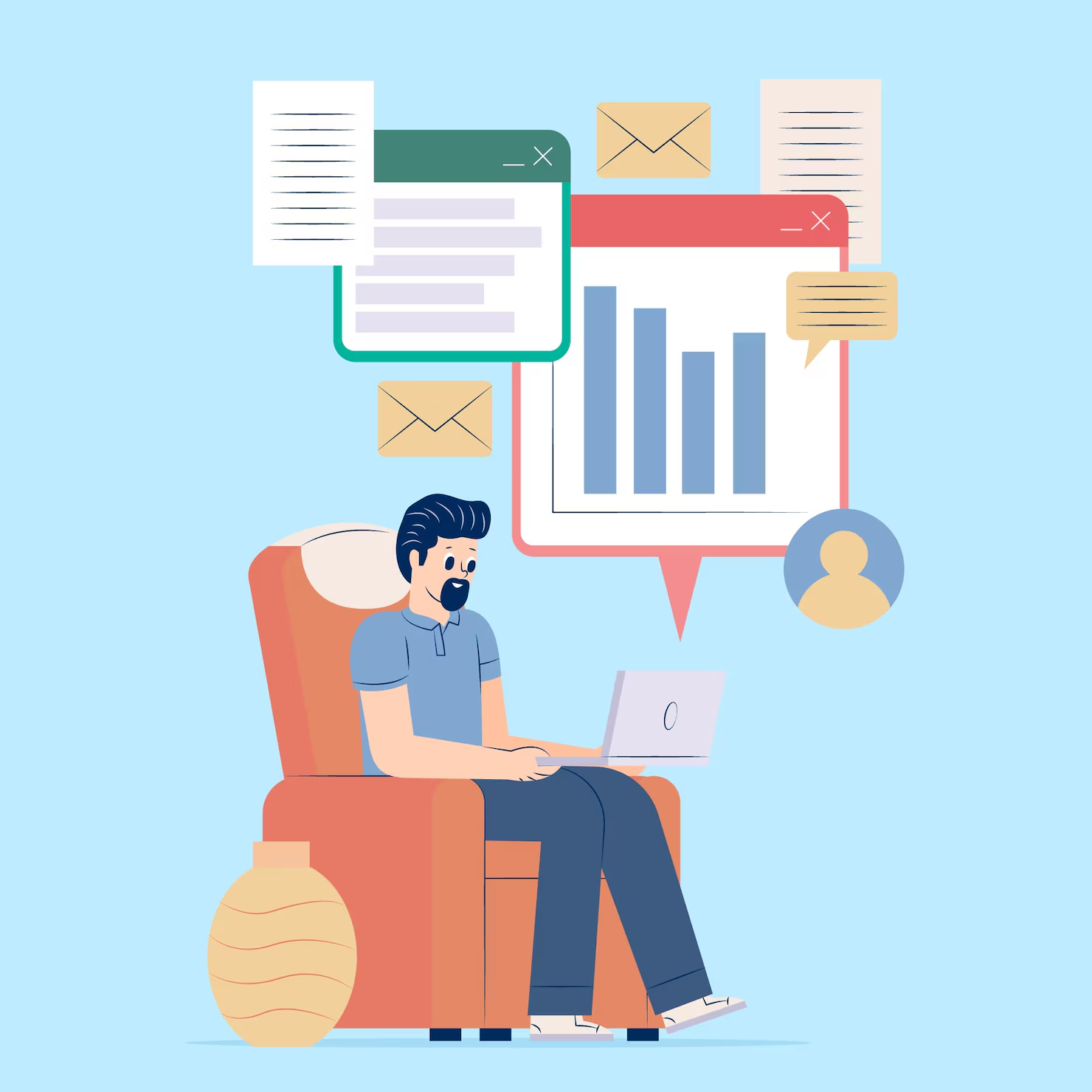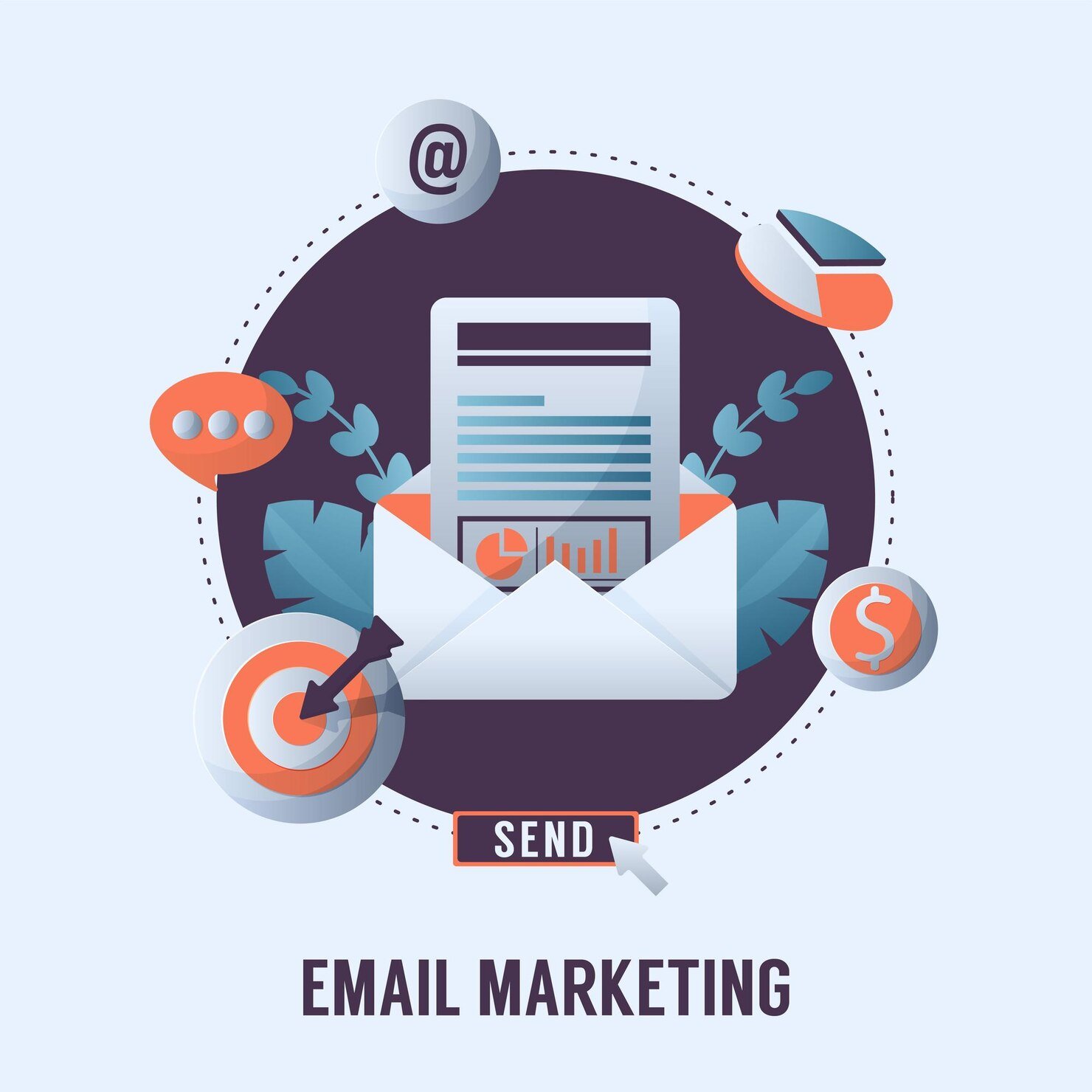- How to Use Web Analytics to Improve Your Marketing - October 21, 2025
- Video Marketing Ideas for Small Businesses - October 21, 2025
- Understanding Customer Journey Mapping in Marketing - October 21, 2025
Email marketing remains one of the most effective digital marketing channels, even in 2025. Despite the rise of social media, chat apps, and AI-driven engagement tools, email continues to deliver high ROI because it allows brands to communicate directly with their audience. However, the success of email marketing is increasingly tied to one critical metric: open rates.
An email that is never opened has no chance of driving engagement, clicks, or conversions. Therefore, understanding how to capture attention, create curiosity, and deliver value is essential for any brand looking to maximize its email marketing strategy.
Why Open Rates Matter
Open rates are more than just a vanity metric; they reflect how well your subject lines, sender identity, and timing resonate with your audience. High open rates indicate that your audience trusts your emails and finds them relevant, which is the first step toward conversions.
Even the best email content is ineffective if it goes unopened. Improving open rates ensures your message reaches its intended audience and lays the foundation for better engagement, click-throughs, and ultimately sales.
Crafting Compelling Subject Lines
The subject line is the first thing a recipient sees, and it often determines whether your email is opened or ignored.
- Keep it Short and Punchy: Ideally 6–10 words. Mobile users should be able to read the full subject line at a glance.
- Create Curiosity: Use intriguing language that encourages readers to click without being clickbait.
- Personalize When Possible: Including the recipient’s name or location can increase open rates.
- Use Numbers or Statistics: Headlines with numbers often grab attention, e.g., “5 Tips to Boost Your SEO in 2025.”
Example: A fitness brand might send an email with the subject line: “John, 3 Quick Workouts for Busy Mornings.” The personalized name plus actionable value increases the likelihood of opens.
Optimize the Sender Name
Recipients often decide whether to open an email based on who it’s from. A recognizable and trustworthy sender increases open rates.
- Use a Brand Name: Ensure your audience immediately knows who the email is from.
- Combine Name + Brand: “Sarah from FitLife” adds a human touch while retaining brand recognition.
- Avoid Generic Emails: Addresses like “noreply@brand.com” feel impersonal and are more likely to be ignored.
Pro Tip: Test different sender names to see which yields the highest open rates for your audience.

Timing and Frequency
When you send emails can be just as important as what you send. Understanding your audience’s habits ensures your emails appear at the right moment.
- Best Days: Research suggests weekdays, particularly Tuesday through Thursday, often yield higher open rates.
- Optimal Time: Early mornings or late afternoons tend to perform well, as users check emails before starting work or winding down.
- Frequency Matters: Too many emails can lead to fatigue and unsubscribes, while too few can reduce engagement. Test different frequencies to find the sweet spot for your audience.
Example: An e-commerce brand might send promotional emails mid-week around lunch breaks when subscribers are more likely to check their inbox.
Segment Your Audience
Not all subscribers are the same. Segmenting your email list allows you to send relevant content to specific groups, increasing open rates and engagement.
- Behavioral Segmentation: Group users by past purchases, website activity, or engagement with previous emails.
- Demographic Segmentation: Use age, location, or interests to tailor messaging.
- Lifecycle Segmentation: Adjust content based on where a user is in the buyer journey — new subscribers vs. loyal customers.
Example: A travel brand could send beach vacation deals to users who recently booked tropical destinations while sending mountain getaway promotions to adventure-seekers.
Personalization Beyond the Name
Personalization goes beyond simply adding a first name to the subject line. Advanced personalization increases open rates by making emails feel relevant and timely.
- Content Recommendations: Suggest products, articles, or videos based on past behavior.
- Dynamic Content Blocks: Display different email sections for different segments automatically.
- Triggered Emails: Send emails based on actions, such as abandoned cart reminders, welcome series, or milestone anniversaries.
Example: An online learning platform could send course recommendations based on previous courses completed, creating a highly relevant and personalized experience.
Preview Text Optimization
The preview text, or snippet, appears next to the subject line in most email clients. It can reinforce your subject line or create curiosity:
- Keep it concise: 35–90 characters for mobile optimization.
- Complement the Subject Line: Expand on the promise or tease additional value.
- Avoid Repetition: Don’t repeat the subject line verbatim; offer a new hook.
Example: Subject: “Boost Your Productivity Today”
Preview: “Discover 5 techniques top entrepreneurs use to get more done in less time.”
Design and Mobile Optimization
Even if your email is opened, poor design can hurt engagement. Mobile optimization is critical as most users check emails on their phones.
- Responsive Design: Ensure the email displays correctly on all devices.
- Clear Call-to-Actions (CTAs): Use bold, actionable buttons that stand out.
- Visual Storytelling: Include images or GIFs to complement your message, but don’t overload.
- Readable Layout: Keep paragraphs short, with ample white space for easy scanning.
Example: A fashion brand may showcase new arrivals with a clean layout, high-quality images, and a clear “Shop Now” button optimized for touch screens.
Testing and Analytics
Constantly testing and analyzing emails is key to improving open rates over time.
- A/B Testing: Test subject lines, sender names, send times, and preview text to see what resonates best.
- Monitor Engagement Metrics: Track open rates, click-through rates, and conversions to measure effectiveness.
- Iterate Continuously: Use insights to refine content, design, and targeting strategies.
Example: A SaaS company might test two subject lines — one emphasizing a free trial, another highlighting a success story — to see which drives higher opens.
Avoid Spam Triggers
Even if your email is well-written, it may never reach the inbox if it triggers spam filters.
- Avoid excessive punctuation and all caps in subject lines.
- Limit spammy words like “Free,” “Urgent,” or “Buy Now.”
- Authenticate your domain with SPF, DKIM, and DMARC for deliverability.
- Maintain a clean email list by removing inactive subscribers regularly.
Pro Tip: Emails that feel personal, relevant, and permission-based are less likely to be flagged as spam.
The Future of Email Marketing Open Rates
By 2025, email marketing will continue evolving alongside AI and automation. Brands can use AI-powered subject line suggestions, predictive send times, and hyper-personalized content to boost open rates even further. Interactive emails, incorporating polls, GIFs, and embedded videos, will also play a key role in capturing attention.
Ultimately, the emails that succeed will combine technology with human insights — understanding the audience’s needs, preferences, and behaviors while delivering value in a way that feels personal.
Conclusion
Boosting email open rates is about combining creativity, strategy, and analytics. Brands must craft compelling subject lines, personalize content thoughtfully, optimize timing, segment audiences, and continually test and refine campaigns.
High open rates are just the start. When done right, email marketing becomes a powerful tool for engagement, trust-building, and conversion, helping brands nurture relationships and drive business growth.
In 2025, successful email campaigns will balance automation, personalization, and storytelling, ensuring every email reaches the right audience with the right message at the right time.

